Summer is a time for light reading. Well, in theory. If you are a hardcore film lover it’s also a time for deep dives into complicated classics like Twin Peaks: Fire Walk With Me and Zodiac, laser-eyed explorations of the early works of David Cronenberg, and loving odes to the insanity of Cannon Films.
Our latest column has all these and more, starting with the most eagerly awaited cineamtic novel of the year. And for other essential cinema reads, visit David Bordwell’s website, which now offers a collection of books written by him and Kristin Thompson for free. Take advantage of these, my friends. And while it is not available for purchase, I urge you to do some digging to find NEON’s Petite Maman: A Story by Céline Sciamma, a 32-page illustrated children’s book of Sciamma’s film lovingly illustrated by Desi Moore (with design by Alia Mohamed and sketches by Brianna Ashby).
Heat 2: A Novel by Michael Mann and Meg Gardiner (William Morrow)
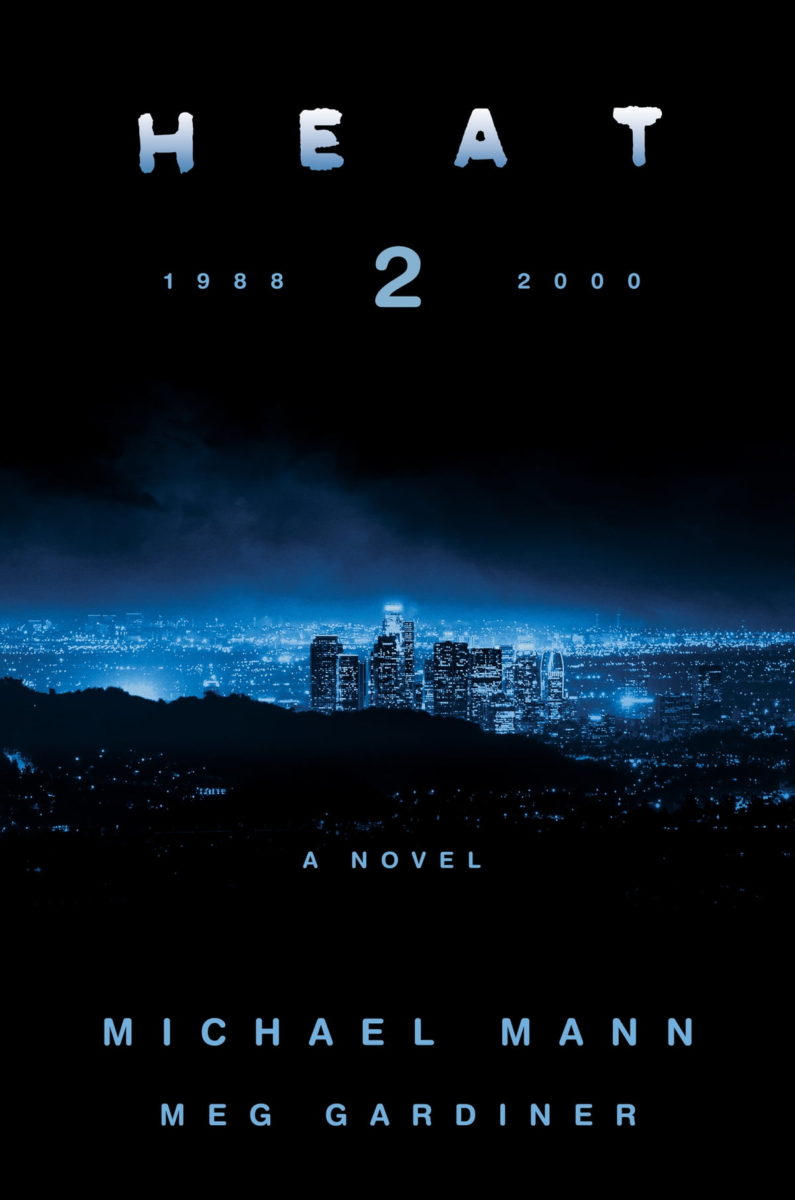
“My whole approach to the writing of this novel was, this is a very big movie,” Michael Mann told the New York Times in an extensive interview. He was not kidding. Heat 2: A Novel, Mann’s stunning prequel / sequel to his 1995 classic, does bear the epic scope of a “big movie.” Co-written with Meg Gardiner, Heat 2 is an intoxicatingly relentless gem. Mann and Gardiner pick up literally minutes after the massive shootout that closes Heat before looking back to the younger days of Vincent Hanna, Neil McCauley, and Chris Shiherlis. Unexpectedly, the most compelling character here is Shiherlis, played so memorably in the original film by Val Kilmer. His progression from a brash novice to a physically and mentally wounded man on the run is oh-so-Mann. Yes, Hanna is larger than life in both eras. And of course the contemplative McCauley remains one of Mann’s most complex figures. But there’s a delightful surprise in how Shiherlis trumps them both. Just as Heat is a film that demands repeat viewings, Heat 2 is a novel to be devoured more than once. It is intoxicating to read it with the knowledge that Mann plans to adapt the novel for the big screen. The book’s generations-spanning size ensure it won’t be easy. But if anyone can pull off such a gargantuan undertaking it’s Michael Mann.
Fire Walk With Me: Your Laura Disappeared by Scott Ryan (Fayetteville Mafia Press)
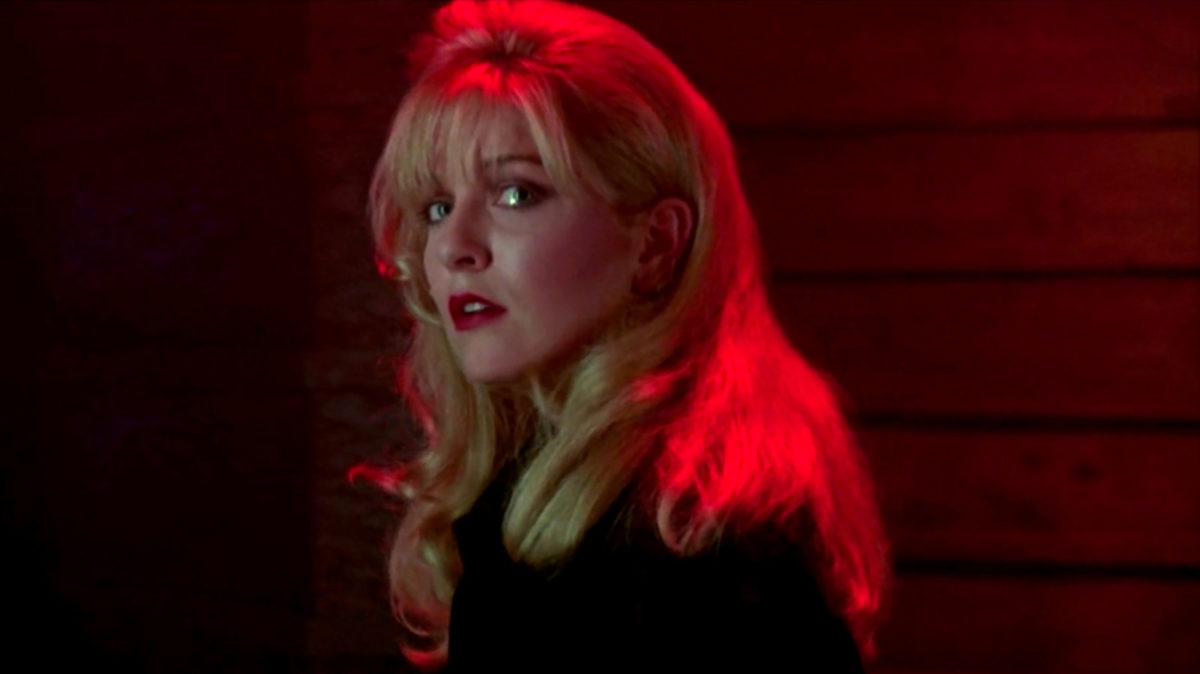
There have been, of course, many books exploring the themes, theories, and pop culture influence of David Lynch’s Twin Peaks. The once-despised, now-Fire Walk With Me: Your Laura Disappeared, understands why: “Everyone I saw the film with on that opening night hated it. Everyone I knew was disappointed in it. Every review I read of the film slammed it.” In the 30 (!) years since release, however, everything changed. Well, everything outside the film itself. “The movie has been reassessed over time even though not a frame of it has changed,” Ryan writes. “It isn’t that the movie changed; it’s just that the audience finally caught up to the story and the difficult art that David Lynch served us.” Your Laura is written with humor and tremendous insight by Ryan, an author whose enthusiasm and genuine joy for uncovering new details about the film is infectious. He has written a book that belongs on the shelf of every Peaks obsessive.
Children of the New Flesh: The Early Work and Pervasive Influence of David Cronenberg edited by Chris Kelso and David Leo Rice (11:11 Press)
Here is something we have not been able to say in a decade or so: It’s an extraordinary time to be a David Cronenberg fan. Crimes of the Future, my current pick as the best film of 2022, is Children of the New Flesh: The Early Work and Pervasive Influence of David Cronenberg. It is, as explained by co-editor Chris Kelso, “a tribute comprising essays by and interviews with his old collaborators and accomplices” that also features “loving homage from those modern artists he has influenced most.” Much of the focus is Cronenberg’s early work, most notably 1969’s Stereo, 1970’s Crimes of the Future, and even lesser-known fare like 1976 short The Italian Machine. Later efforts, including Spider and even his newest, are also highlighted. And there’s a new interview with the director full of gems: “I feel like I am all the characters. Male. Female. Whatever they are.” Hit play on Howard Shore’s Crimes score and start reading.
House Of Psychotic Women (Expanded Edition) by Kier-La Janisse (FAB Press Ltd.)
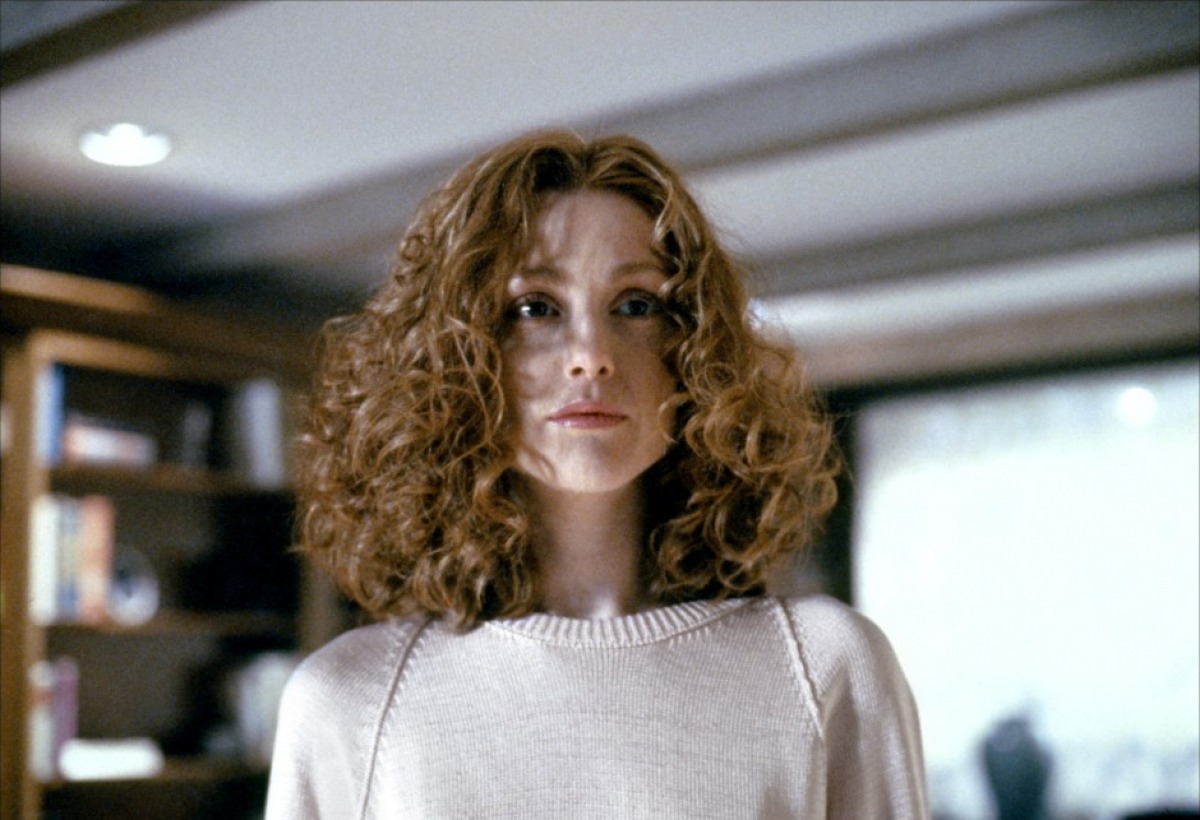
Canadian writer-filmmaker Kier-La Janisse’s Woodlands Dark and Days Bewitched: A History of Folk Horror (reviewed here) was one of the most insightful documentaries of the past few years, but the founder of the Miskatonic Institute of Horror Studies has long been a key voice in film criticism. Her most noteworthy effort, 2012’s autobiographical dive into horror cinema, House of Psychotic Women, is being re-released in a new expanded edition that makes the book even more vital. “An interesting thing happened in the last decade,” Janisse writes in a new preface. “Though I would circle back to the book’s subtitle — namely its emphasis on ‘Horror and Exploitation Films’ — in determining a film’s suitability for inclusion, a unique definition of a ‘House of Psychotic Women’ film was percolating in other critical writings and online discussion. It became apparent that the book had a sizable audience for whom films like Puzzle of a Downfall Child (1970), A Woman Under the Influence (1974), Betty Blue (1986) or Safe (1995) would fit the book’s categorization despite being neither horror nor exploitation.” This, Janisse says, gave her “cause to think that a future edition of this book may be envisioned that eschews that subtitle altogether to embrace a broader range of films.” The ensuing expanded edition features more than 100 new reviews and is, in a word, indispensable.
Red Carpet: Hollywood, China, and the Global Battle for Cultural Supremacy by Erich Schwartzel (Penguin Press)
There are countless memorable moments in journalist Erich Schwartzel’s Red Carpet, a tremendously important account of how the U.S. and China both battle and increasingly unite when it comes to the business of motion pictures. There is the explanation of Disney’s decision to bury Martin Scorsese’s Dalai Lama drama, Kundun, in order to appease angry Chinese officials. There is the shocking account of how Disney opened English-language schools in order to encourage young Chinese children to fall in love with Mickey and friends. And then there is the fascinating tale of Cliffhanger director Renny Harlin, who left Hollywood for China and stayed. “I live here,” he tells Schwartzel. “I’m patriotic about Finland. I’m patriotic about America. And I’m becoming very patriotic about China as well.” Harlin’s career move, Schwartzel shows, was not unwise. It is one of many insights found in Red Carpet, an invaluable look at how modern cinema has changed and where it is heading.
Cannon Film Guide Volume II: 1985-1987 by Austin Trunick (BearManor Media)
The crown for most fun book of the summer is not up for debate—it is easily Austin Trunick’s second dive into the delightful absurdities released by Cannon Films’ inimitable Menahem Golan and Yoram Globus. Trunick’s first entry (highlighted in this column from October 2020) covered 1980 to 1984. The focus in volume II is just three years, 1985 to 1987 — but what a three years these were. This was the heyday of Chuck Norris and Michael Dudikoff, not to mention Superman IV: The Quest for Peace and Masters of the Universe. Throughout, Trunick writes with passion and humor. While he (and we) love to laugh at Ryan O’Neal’s pained “Oh man. Oh God.” moment in Tough Guys Don’t Dance, he also clearly respects the over-the-top output (including Over the Top) of Golan and Globus. “Cannon’s middle period was a time of unrivaled ambition and excitement, but also a self-inflicted disaster,” he writes. “Those three years at Cannon saw a whirlwind of productivity as wild and chaotic as any ever witnessed in cinema history.” Friends, I can’t wait for volume III.
David Fincher’s Zodiac: Cinema of Investigation and (Mis)Interpretation edited by Matthew Sorrento and David Ryan (Fairleigh Dickinson University Press)
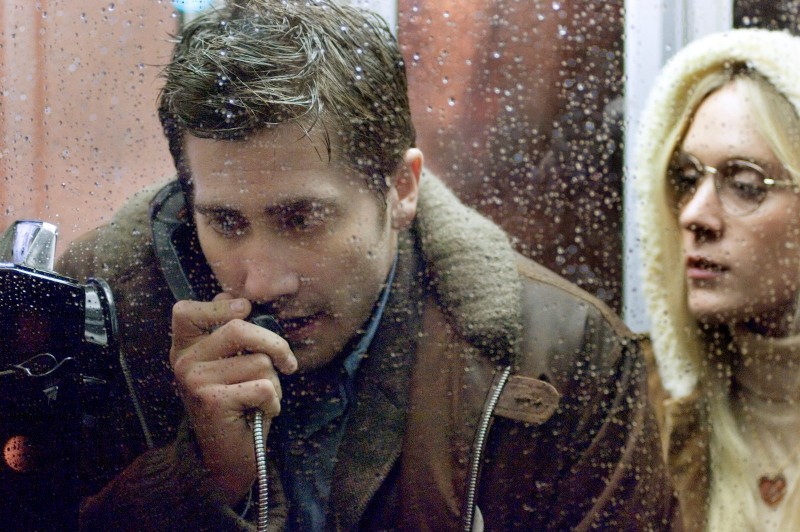
Here is a surprise: David Fincher’s Zodiac: Cinema of Investigation and (Mis)Interpretation is the first book-length work of criticism dedicated solely to 2007’s masterpiece of obsession and unknowable mysteries. It was worth the wait. The collection starts with an essay exploring Peter Bogdanovich’s Targets (“Targets previews the systematic effects of the mass murderer, which Fincher’s Zodiac would process as systematic investigation forty years later”) followed by another analyzing representations of the Zodiac Killer in 1970s television and film. Later essays focus on Fincher’s treatment of narrative, sound, and music. There is much to relish here, even for those who have watched Zodiac many, many times.
The Man Who Invented Motion Pictures: A True Tale of Obsession, Murder, and the Movies by Paul Fischer (Simon & Schuster)
The Man Who Invented Motion Pictures serves as both an engrossing history of the invention of movies as well as a fascinating mystery. It is the story of Louis Le Prince, who successfully captured 10-to-12 images per second on film but disappeared before his work was unveiled. A few years later his rival, Thomas Edison, instead introduced the device to the world and claimed to be its creator. Fischer has written a deeply involving but also somber book that provides Le Prince with the respect he should have received during his lifetime.
Somewhere Out There: My Animated Life by Don Bluth (Smart Pop)
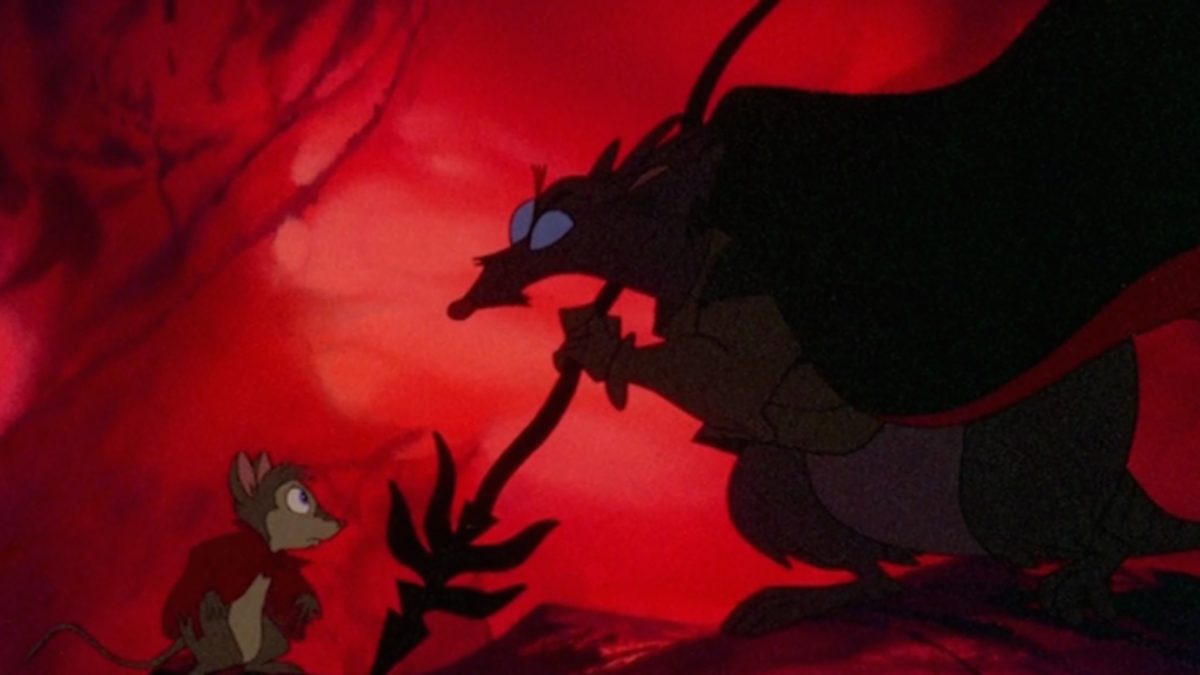
If you grew up in the 1980s or early ’90s you were likely enraptured by the films of animator Don Bluth—The Secret of Nimh, An American Tail, The Land Before Time. In his memoir, Somewhere Out There, Bluth shares the story of his life and career with a refreshing mix of self-deprecation and looking-in-the-mirror honesty. He also dishes on working with titans like Steven Spielberg (“The T. Rex scenes are too scary,” Spielberg cautioned about Land Before Time) and Burt Reynolds (“That’s my dog voice,” the late star explained after offering a put-on cartoon character voice. “Do you like it?”). Bluth tackles the ups—his early days at Disney, varied successes like Dragon’s Lair and Anastasia—and downs, turning out a surprisingly resonant read.
Rock on Film: The Movies That Rocked The Big Screen by Fred Goodman (Running Press)
Turner Classic Movies and Running Press have collaborated on a number of film resource texts in recent years, and Rock on Film might be my favorite of the bunch. This guide to rock-themed films and documentaries features some expected cuts—A Hard Day’s Night, The Last Waltz, The Harder They Come, Stop Making Sense—while also touching on the impact of more offbeat films like Frank and Smithereens. It features a timely intro from filmmaker Michael Lindsay-Hogg, who was of course back in the news for his key role in Peter Jackson’s Get Back. “You never know when and where a film will find its moment or its audience, and that seems to be particularly true for rock films,” Lindsay-Hogg writes. The director of Let It Be is certainly speaking from experience.
Escape into Meaning: Essays on Superman, Public Benches, and Other Obsessions by Evan Puschak (Atria Books)
Evan Puschak has been known on YouTube as “The Nerdwriter” for more than a decade, and his smart commentary on wide-ranging topics has led to an audience of more than three million subscribers. His new essay collection, Escape Into Meaning, sees him discuss subjects like the Man of Steel (“It’s hard to get Superman right. It’s hard to make any Golden Age hero relevant to a modern reader, but it’s especially hard with Superman”) and the career of Quentin Tarantino (“Tarantino’s oeuvre creates its own canon, one that’s strange and diverse and unafraid to dumpster dive in the ‘trash bin of film history’”). Meaning is a fantastic conversation-starter and nice intro to Puschak’s work. (Note that Meaning will be released on August 30.)
Classic Hollywood roundup: The Best Years of Our Lives, cinema’s trade press, fashion and design on film, and the power of movie theaters
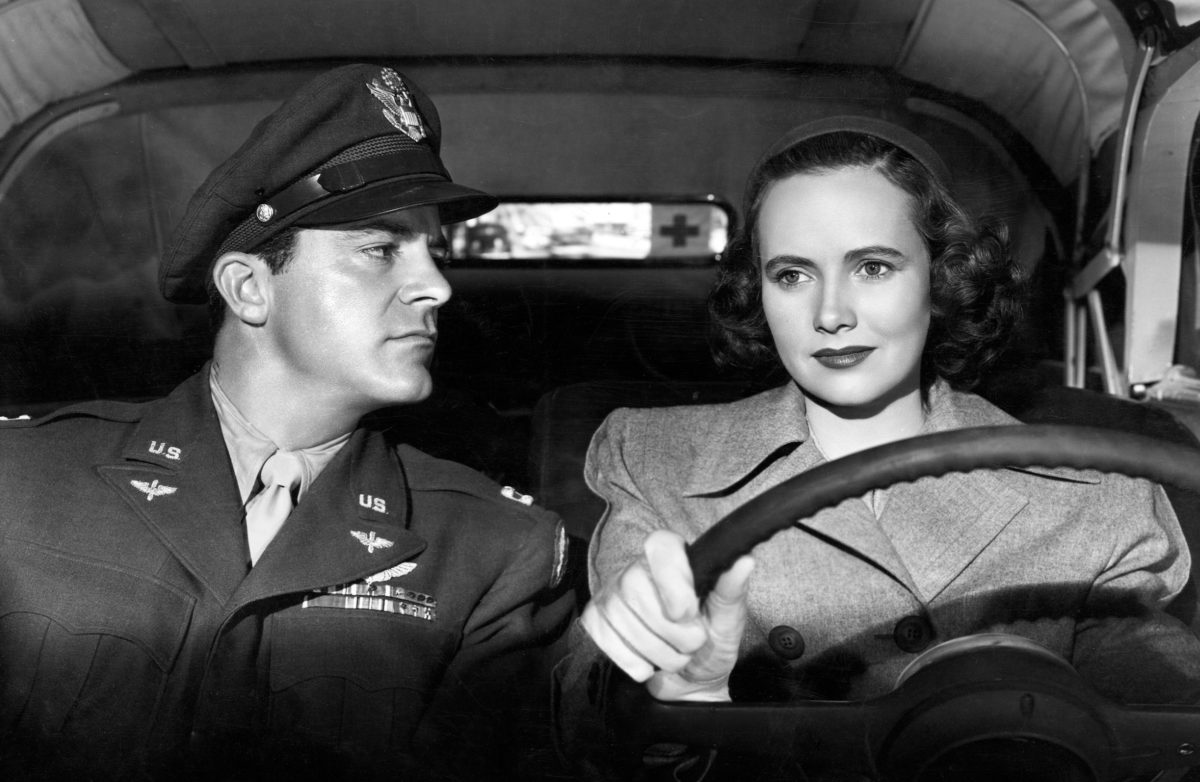
William Wyler’s The Best Years of Our Lives is as powerful today as it was in 1946, and its portrayal of what we now call PTSD is exceptional. Making The Best Years of Our Lives: The Hollywood Classic That Inspired a Nation (University of Texas Press) by Alison Macor is an illuminating account of the film’s journey to the screen and its impact on the nation. “The Best Years of Our Lives tackles infidelity, alcoholism, and sexual anxiety,” Macor writes. “It also tiptoes through a political minefield: the screenplay’s mention of communism during the ideologically charged postwar months sparked more than one FBI investigation during production.”
Ink-Stained Hollywood: The Triumph of American Cinema’s Trade Press (University of California Press) by Eric Hoyt offers an invaluable history of movie-trade journalism, covering publications that are still active (like Variety) and many that are not (like Film Spectator and Camera!). “They did more than write the rough draft of film history; they helped make that history, too,” Hoyt writes.
In the words of author Jess Berry, Cinematic Style: Fashion, Architecture and Interior Design on Film (Bloomsbury) “investigate[s] the aesthetic and conceptual alignment of fashion, interior design, and architecture as mediated through film.” She also touches on how these elements have represented (and impacted) gender and sexual identity.
Hollywood’s Embassies: How Movie Theaters Projected American Power Around the World (Columbia University Press) by Ross Melnick offers a unique history of movie theaters “as cultural embassies.” The scale of research and insight here is staggering.
And Prop Man: From John Wick to Silver Linings Playbook, from Boardwalk Empire to Parks and Recreation (Princeton Architectural Press) by Ross MacDonald and Steven Heller is an entertaining look at the life and work of MacDonald, a man responsible for designing props used in more than 120 films and television series. These include dime novels and matchbooks created for The Hateful Eight, the Pawnee town charter so memorably held up by Patton Oswalt on Parks and Recreation, and fake singles ads for 2015’s Joy.
For kids and teens: The magic of movies, and new Stranger Things, Star Wars, and Beasts entries
It is very important—and not always easy—to demonstrate to kids how and why classic cinema is so important.
Movies Are Magic: The Director’s Cut (in partnership with The Film Detective) by Jennifer Churchill (with illustrations by Howell Edwards). The delightful Churchill is the host of “Classic Films for Kids” on The Film Detective channel, and she writes with intelligence and warmth. With Magic she has crafted a brisk jaunt through the early days of cinema, special attention being paid to silent films. This is a must-buy for movie-mad parents, and they’ll find some enjoyment here as well—there are even directions for making your own zoetrope.
Magic has proved quite popular in my household. So has Stranger Things: The Official Coloring Book (Ten Speed Press). My son has just started watching the goings-on in Hawkins, Indiana, and both he and my daughter have been coloring Eleven and friends with reckless abandon. (My daughter has never seen Stranger Things, but was instantly taken with Eleven’s season-three wardrobe.)
Fantastic Beasts: The Secrets of Dumbledore: Movie Magic (Insight Editions) by Jody Revenson is a comprehensive breakdown of the latest Beasts installment, also offering some cool stickers (Butter Beer!) and postcards.
Lastly, DK’s ongoing series of books for LEGO fanatics now includes LEGO Star Wars: Awesome Vehicles by Simon Hugo and LEGO DC Character Encyclopedia (New Edition) by Elizabeth Dowsett, Hugo, and Cavan Scott. As always, these are colorful, info-packed treats for mini-figure lovers, and the books come with Poe Dameron and a Val-Zod Superman figure from Earth-2.
New and reissued novels: Herzog goes to war, and more
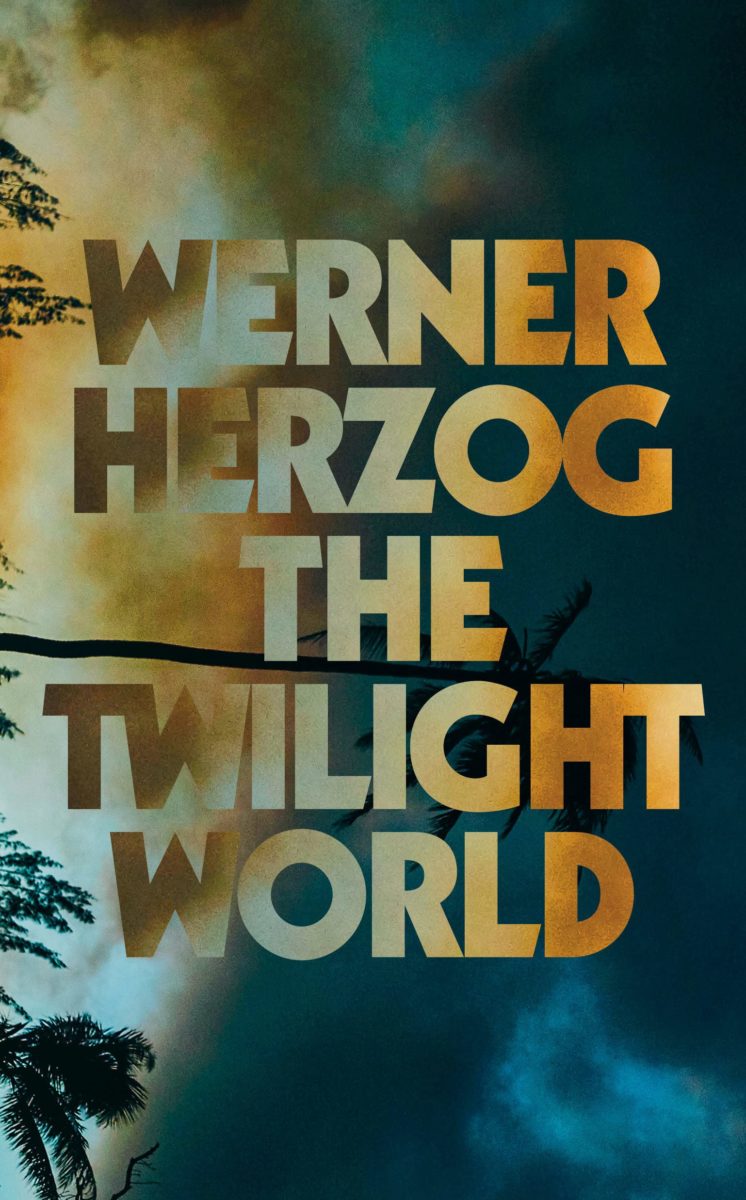
The great Werner Herzog continues to produce new art at a remarkable pace. The Twilight World: A Novel (Penguin Press; translated by Michael Hofmann) recounts the story of Hiroo Onoda, the Japanese soldier who continued to defend a small island for three decades after the end of World War II. In typically Herzogian fashion, the prose is simple but layered with meaning, and Onoda is one of his most memorable protagonists. “No,” he replies when told the war has ended. “The truth is that the War has gone on. Perhaps it just carried on elsewhere.”
Rivaling Heat 2 as my favorite novel of the summer is Tomorrow, and Tomorrow, and Tomorrow (Knopf) by Gabrielle Zevin, a warm and beautiful love story (sort of) set in the world of video game design. Its central characters, Sam and Sadie, have a relationship as complicated as it is believable, and the gamer milieu feels remarkably fresh.
In The Lioness (Doubleday), Flight Attendant author Chris Bohjalian writes an engrossing, Africa-set thriller about a movie star on safari in the 1960s; it is no surprise a TV adaptation is on the way.
Soon to be adapted for Hulu is Adrian McKinty’s The Island (Little, Brown and Company), an utterly terrifying page-turner about what happens when a family makes a series of dodgy decisions on a haunt to Australia and earns the wrath of a family ensconced on a remote island. Maybe the summer’s most apt (and nightmare-inducing) beach read.
A bit chillier but just as chilling is Outside (Minotaur Books) by Ragnar Jónasson. The setup is killer: four friends are stranded in a remote hunting lodge in Iceland and, well, anything else will be a spoiler.
Election’s Tracy Flick is a different kind of chilling, and she’s back in Tom Perrotta’s very funny but surprisingly moving follow-up, Tracy Flick Can’t Win (Scribner). She’s all grown up but grappling with her past failures while trying to navigate the minefield that is high school administration. It is a much darker tale and ends with a rather shocking tragedy. But Perotta’s story retains its humor. Ultimately we find this adult version of Tracy Flick to be both relatable and unfairly treated. Let’s hope Reese Witherspoon is taking note—watching her play the part once more would be a delight.
Meanwhile, Mark Greaney’s 2009 novel The Gray Man (Berkley) is the epitome of a breathless summer beach read. Recently adapted by Netflix and starring Ryan Gosling, Chris Evans, and Ana de Armas, it is a man-alone thriller centered on a compellingly contemplative hit man and the CIA jerk hot on his trail. Whatever your thoughts on the Russo brothers’ film, this novel is a hoot. And so is Greaney’s Armored (Berkley), which began life as an Audible drama. Michael Bay will be tackling this story of a former professional bodyguard on a dangerous mission in Mexico.
Six Days in Rome (Grand Central Publishing) by Francesca Giacco is a somber, contemplative, quite moving account of a heartbroken young artist’s overseas trip. Much lighter is The Murder of Mr. Wickham (Vintage), author Claudia Gray’s entertaining and suspenseful follow-up to Jane Austen’s Pride & Prejudice.
Gray is the author of two of the best Star Wars novels of the past decade, Bloodline and Lost Stars. Speaking of: Star Wars: Shadow of the Sith (Del Rey) by Adam Christopher focuses on a fascinating and somewhat unexplored time referred to in The Rise of Skywalker—Luke Skywalker and Lando Calrissian’s team-up on Exegol to hunt for the mysterious Ochi of Bestoon. Christopher’s novel is an absolute treat; it is great fun to accompany Luke and Lando on this side adventure, and the book provides some crucial context regarding the Sith Eternal. (Note that Shadow is also available as an audiobook read by audiobook vet William DeMeritt.)
Worldwide bestselling mystery writer Ruth Ware continues her stellar run with The It Girl (Scout Press), a deliriously unpredictable thriller about a woman’s search for answers years after a friend’s disappearance. And in Girl, Forgotten (William Morrow), author Karin Slaughter’s sequel to Pieces of Her—now a Netflix limited series— a U.S. Mashal attempts to solve a 40-year-old crime. While a second season of the series has not been confirmed, fans will surely be satisfied by this novel. It is an intense read and another compelling mystery from Slaughter. (Girl, Forgotten will be released on August 23.)
New to Blu-ray and 4K
The more time that passes, the more clear it is that Joanna Hogg’s two studies of art and heartbreak, The Souvenir and The Souvenir Part II, are modern masterpieces. How wonderful, then, that A24 would release both in a stupendous, limited edition Blu-ray box set. The films themselves justify the purchase, but the collection also includes an 80-page booklet; Hogg’s 1986 short film, Caprice; a making-of documentary featuring interviews with Hogg, Honor Swinton Byrne, and Martin Scorsese; and director’s commentaries.
At one point Robert Pattinson was set to co-star in The Souvenir Part II, and while it would have been nice to see him in the cast, we can tide ourselves over with watching The Batman (Warner Bros. Home Entertainment) in 4K. The extras accompanying Matt Reeves’ fine film make this a must-buy—especially a detailed study of its utterly remarkable, literally explosive car chase. Also new to 4K is the aforementioned Fantastic Beasts: The Secrets of Dumbledore (Warner Bros. Home Entertainment), a film that I found to be easily the best of the Potter-spin-off trilogy. The extras are quite illuminating, especially the deep dive that is “The Dumbledore Family Tree.”
I have always had a soft spot for John Ford’s The Horse Soldiers (Kino Lorber), as it is one of my father’s favorite films. It has never looked better, and the release includes commentary from noted film historian Joseph McBride. Another historically relevant new 4K release from Kino Lorber is Stanley Kubrick’s Killer’s Kiss, the master’s strange but compelling 1955 slice of noir. The mannequin factory has never looked so crisp, and the disc also includes audio commentary from film historian Imogen Sara Smith.

Joachim Trier’s The Worst Person in the World was recently released on Blu-ray by the Criterion Collection, and the film is even better upon a re-watch. It includes an essay by critic Sheila O’Malley that astutely zeroes in on World’s hard-to-pin-down tone: “The Worst Person in the World clearly has rom-com blood running through its veins — Annie Hall woven into its DNA helix — but there is a dark and existential strain present, an uneasy awareness of mortality and of time passing, that spills out beyond the confines of the genre.” (You can read the essay in full here.) And lastly, Criterion has also released Sofia Coppola’s debut feature, The Virgin Suicides, in a 4K UHD and Blu-ray combo edition. It includes the fine essay written by author Megan Abbott for the film’s earlier Criterion edition. Therein she explains how Coppola “exposes the tragic chasm between the narrator’s assertions about the sisters (what they represent, how they might be ‘diagnosed’) and the sisters’ actual private experience. And, while the majority of the movie consists of following the boys’ gaze, Coppola is determined, too, to show us what they can’t see, what they misunderstand, what they simply miss.” Lovely writing on a masterful film.
